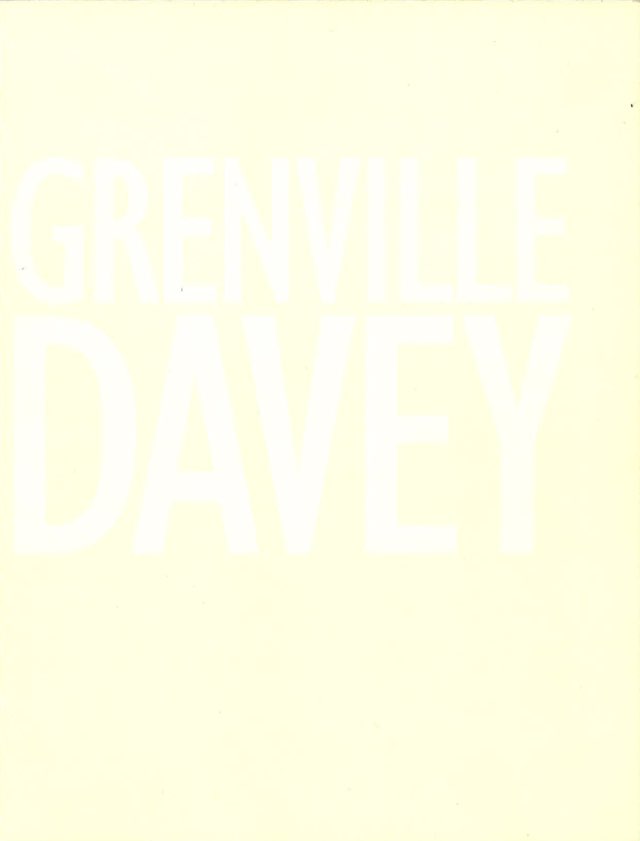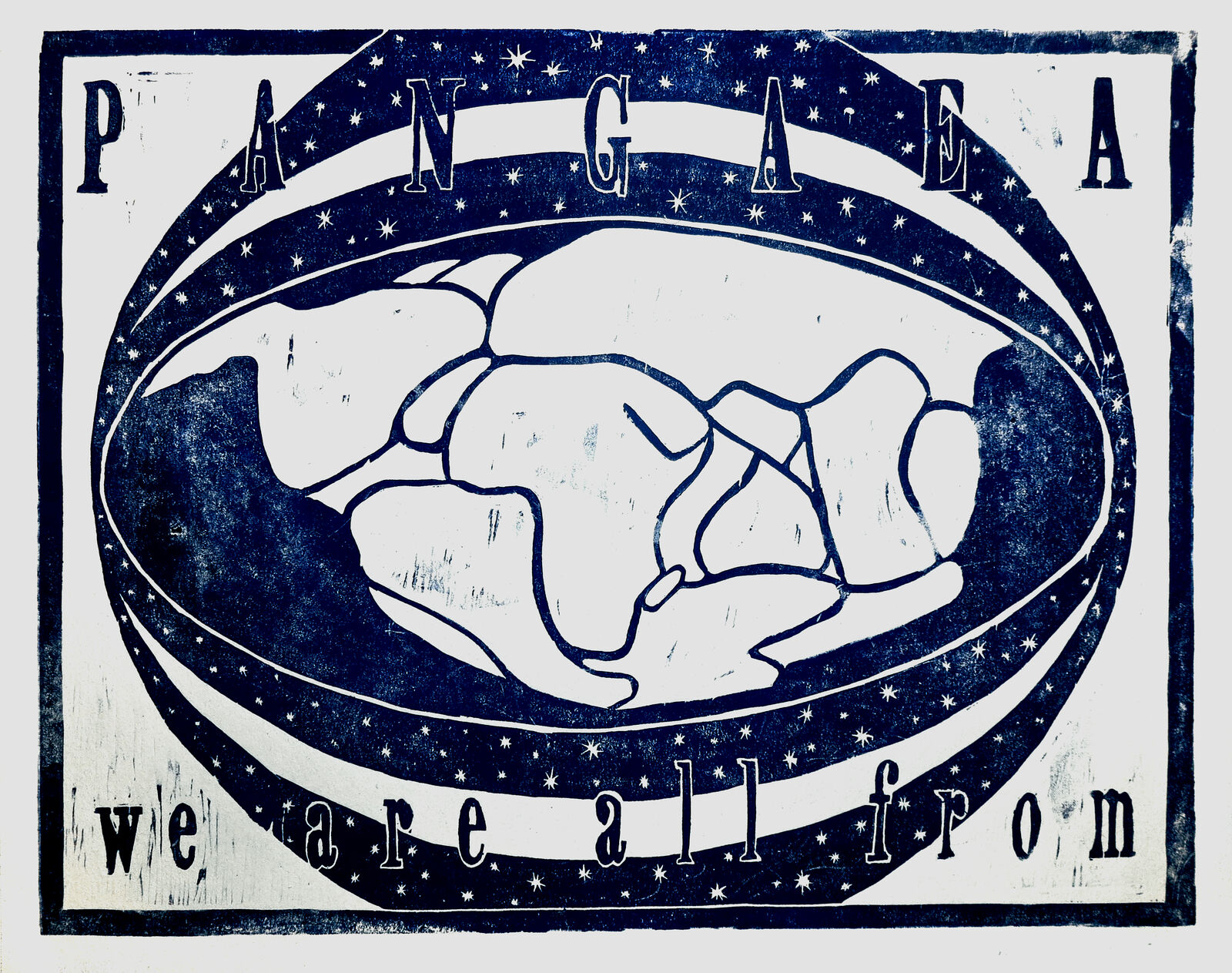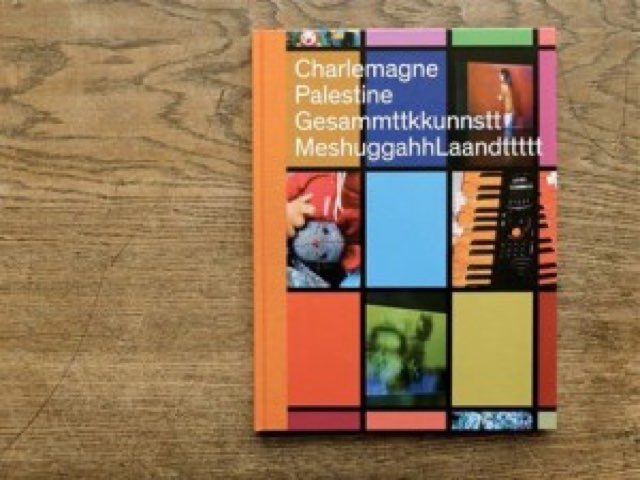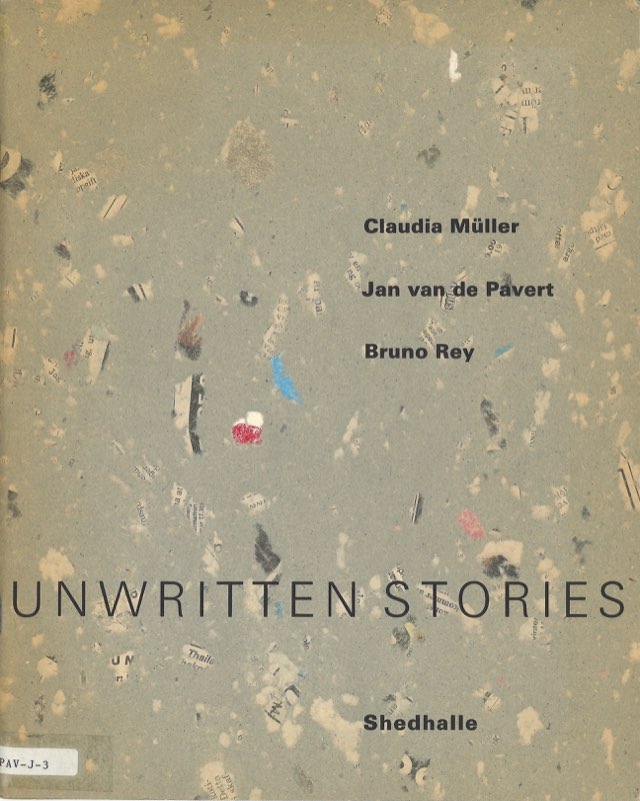Grenville Davey "Grenville Davey"
01.09–14.10.1990
de Appel, Prinseneiland 7, Amsterdam
de Appel, Prinseneiland 7, Amsterdam
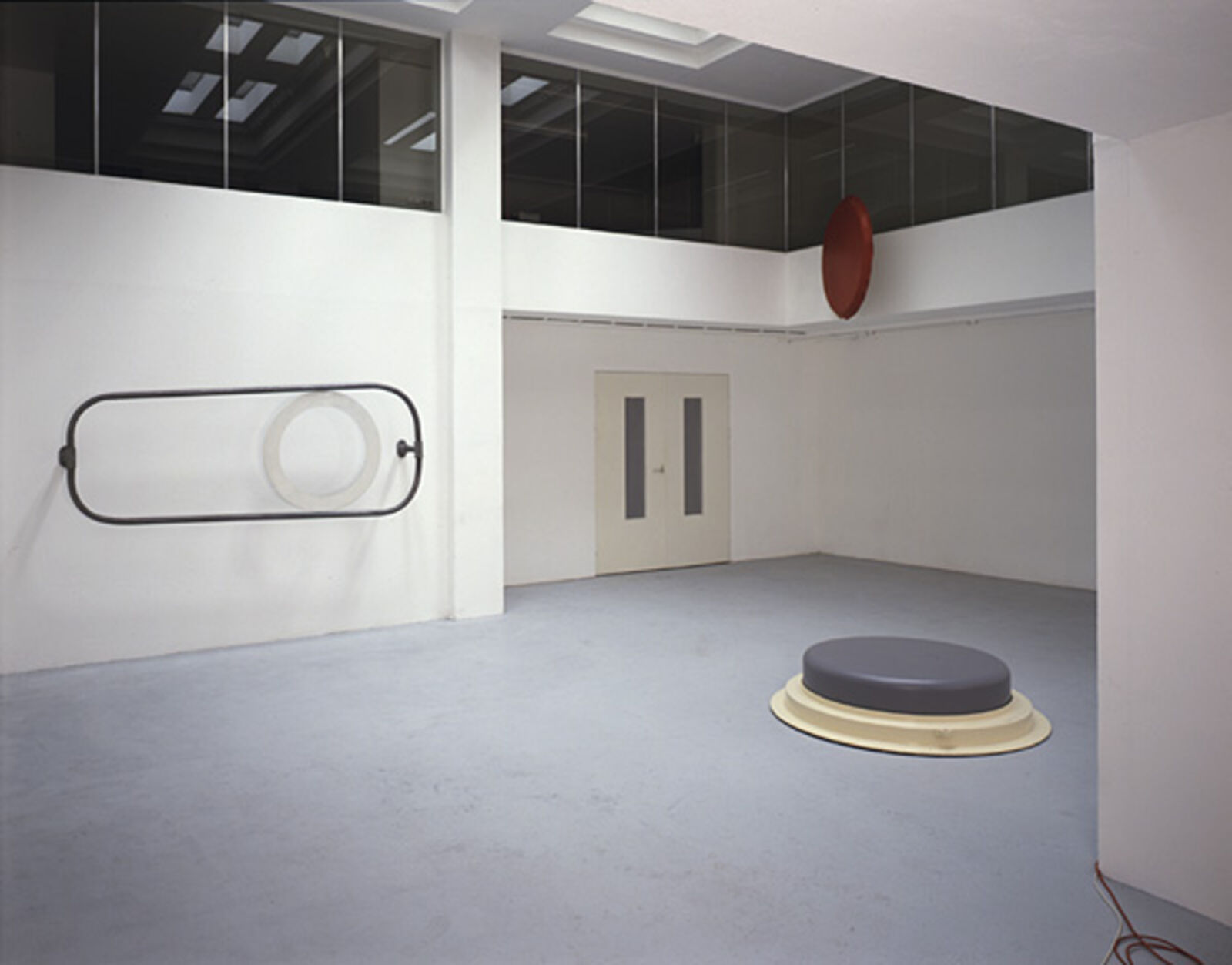
F.l.t.r.: Rail, 1987, Red giant, 1988, Button, 1988
© Cary Markerink, Amsterdam
© Cary Markerink, Amsterdam
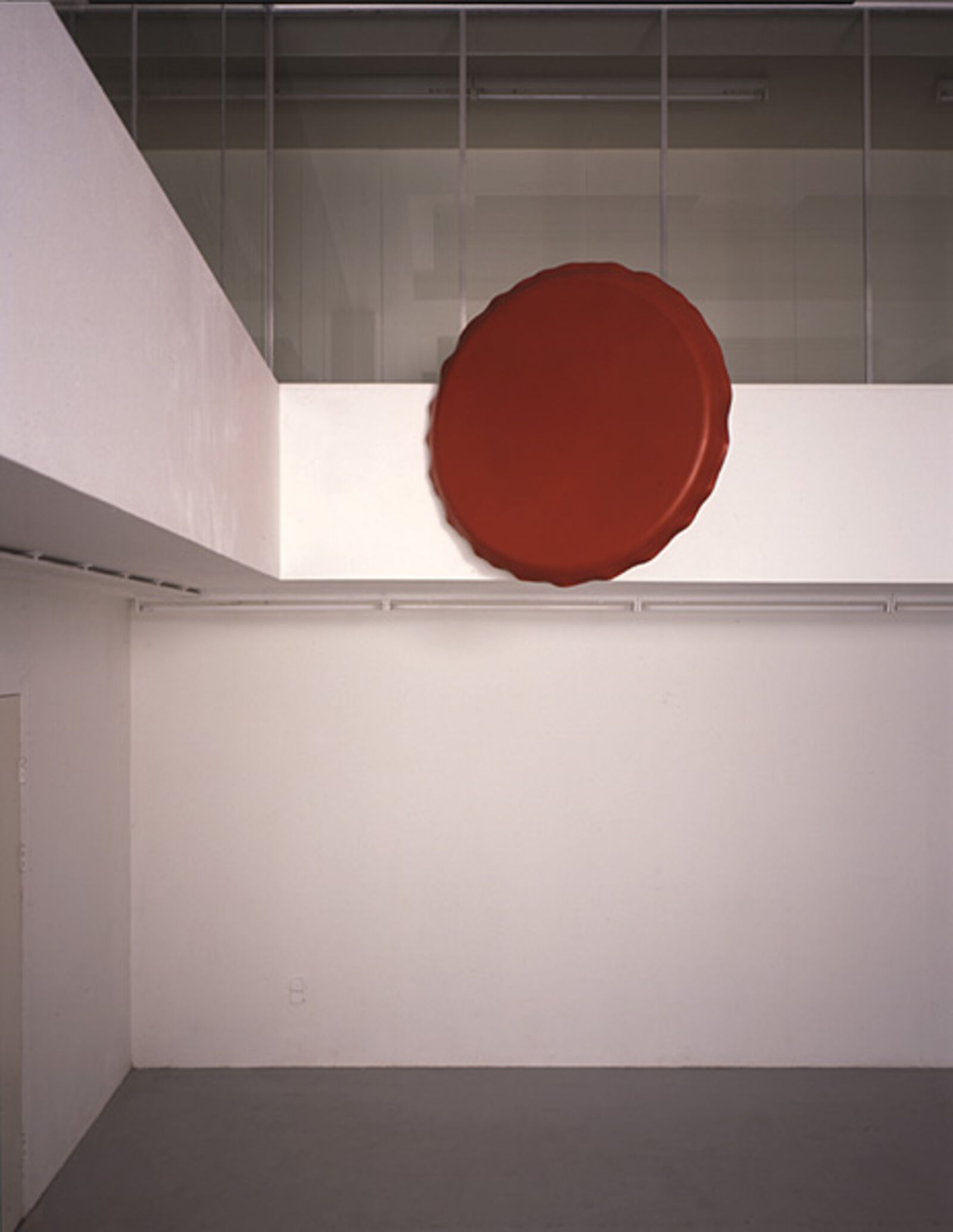
Red giant, 1988
© Cary Markerink, Amsterdam
© Cary Markerink, Amsterdam
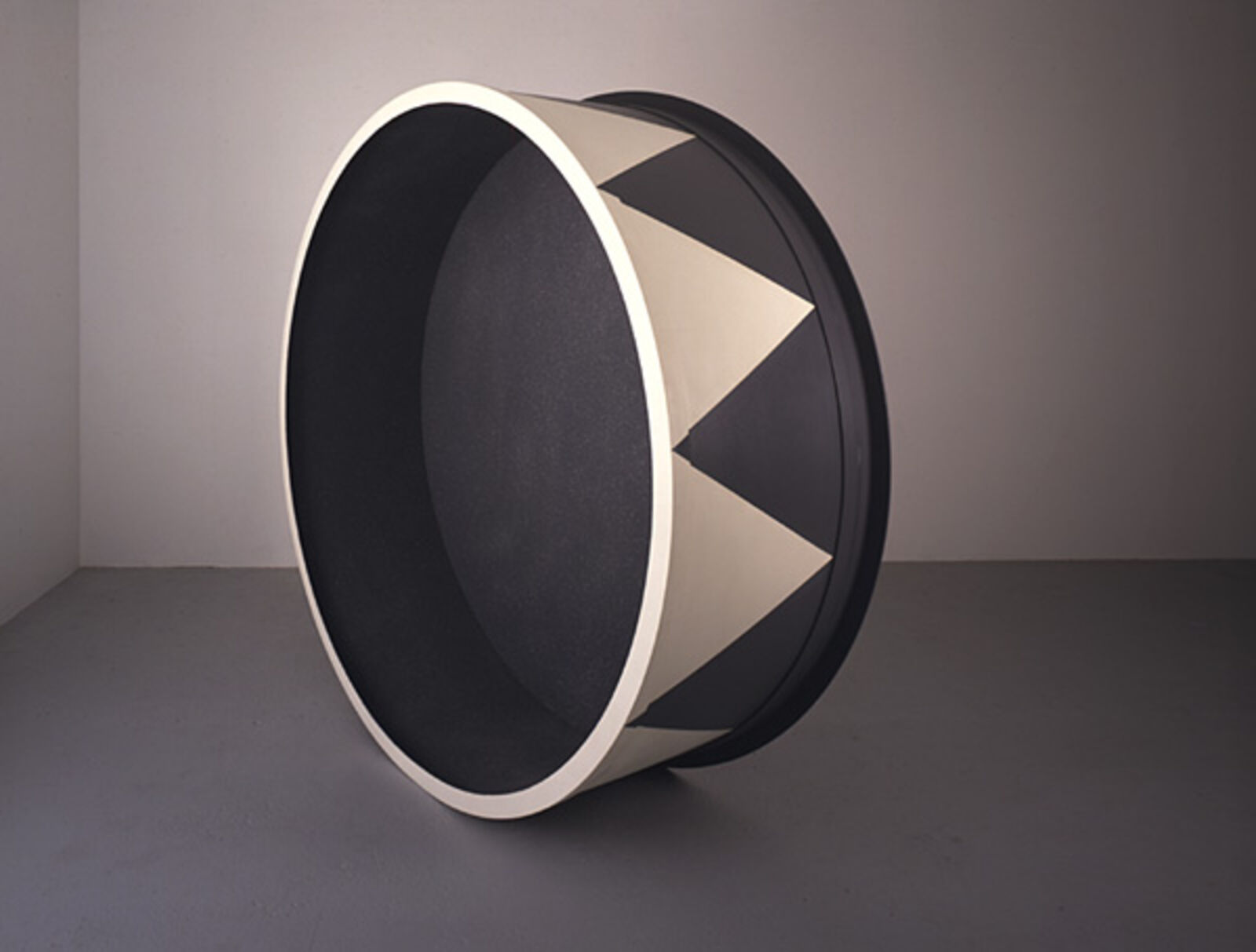
Type, 1990
© Cary Markerink, Amsterdam
© Cary Markerink, Amsterdam
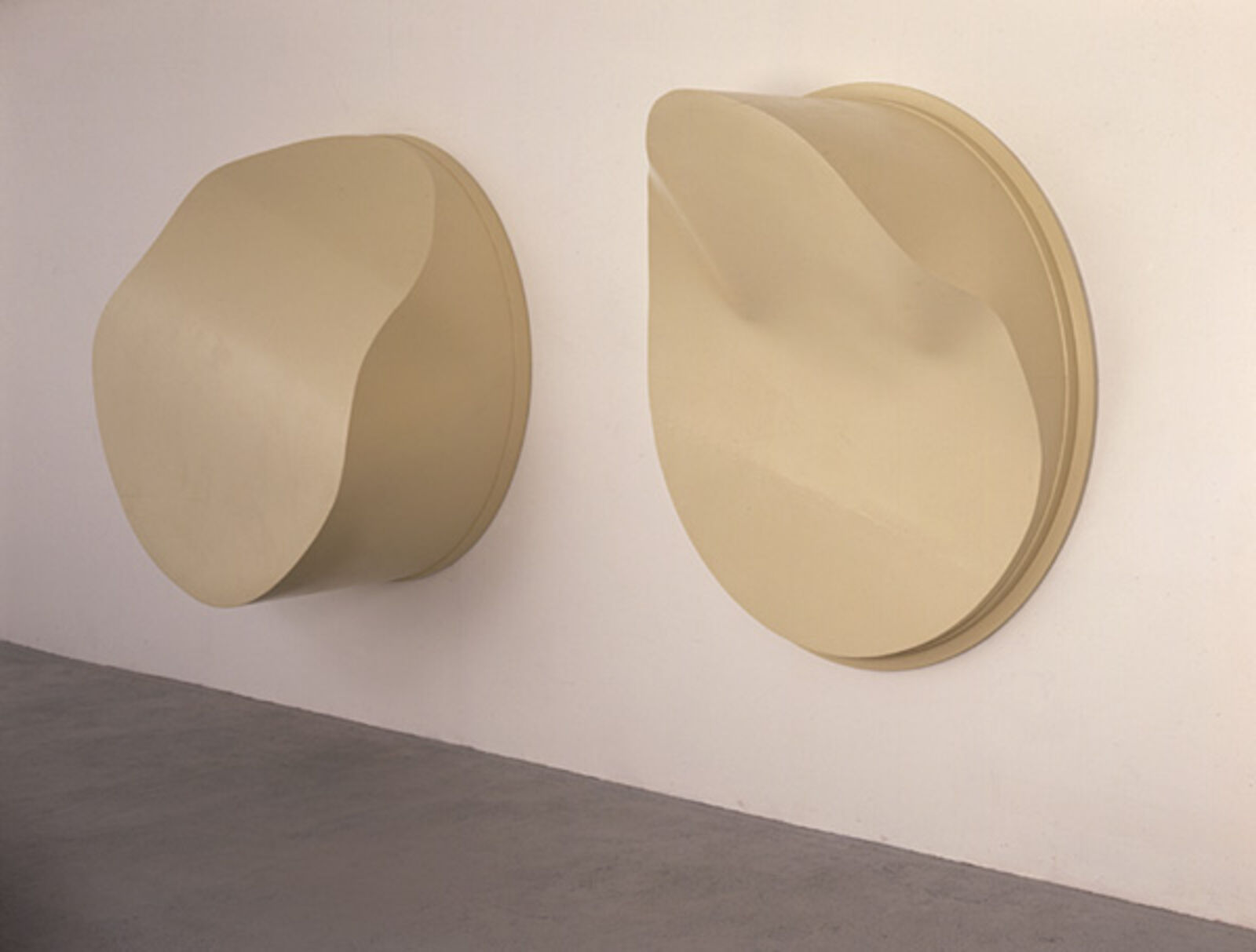
Right 3rd and 6th, 1989
© Cary Markerink, Amsterdam
© Cary Markerink, Amsterdam
‘Grenville Davey’s sculptures have an attractive, old-fashioned solidity about them. The metal forms, which are painted in uniform colours and are sometimes furnished with rivets or nuts and bolts, refer back to an outdated technology. The sculptures are like parts of steamships or submarines. In spite of their weight. they have a certain elegance because of their sobriety and because of the suggestion of function that the forms engender. But in Davey's work functionality is just an illusion: they come across autonomous sculptures, as alien self-referent objects, as stranded ufos from an industrial past. The circular shapes give the sculptures a closed, introverted air. A round, bulging floor object with a ring or line of rivets is reminiscent of a manhole cover, if anything; but it is so big that any association with a familiar object immediately flies out of the window. Only to be replaced by a formal discourse? No - Davey uses his emphatically-present sculptures to achieve a kind of lull in the storm between form and meaning. Both the objects themselves and their placing contribute to the effect. The development of Davey's objects indicates that he wishes to formulate sculptural problems while keeping close to an existing language of forms. He does not resort to the objet trouvé. but he does create forms which are firmly related to the existing world. This is a practice which is not uncommon nowadays. but which various artists approach in quite different ways. Robert Gober, with this visibly handmade doors and urinals comes to mind; while Katharina Fritsch and Jean-Marc Bustamante both prefer a more remote vocabulary. The subtle strength of Davey's work emerges in the wealth of forms that occurs within a consciously restricted range. Drums, lids and blown-up bottle-caps have recently become part of Davey's repertoire. In spite of the recognizable visual sources, they assume a totally distinct character in terms of scale, colour and surface quality. Because of the way he installs his work, he also manages to set up a considerable tension between the individual objects. This indicates that the sculptures are inclined to enter a dialogue with the surrounding space. The tension may arise from the choice of colours or from the dimensions of the objects, but above all from the placing. Sometimes steel forms lie on the floor, emanating a sense of stability, while others are suspended high on the walls and, denying gravity in a twist of frivolity, are most evident as logo-like silhouettes.’ (Invitation text by Saskia Bos)
Catalogue:
Grenville Davey. From prototype to type, 1991. Texts Edna van Duyn, Giles Thomas. Dutch & English. Bio- & bibliography incl. 32 pp. 7 f.c. 6 b.w. 24.5 x 23 cm. Soft cover. Design Irma Boom. ISBN 90 73501 04 0. SOLD OUT
See also
